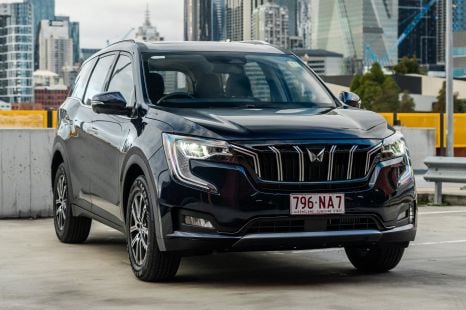

Josh Nevett
5 Days Ago

Deputy Marketplace Editor
Electric vehicle (EV) uptake doesn’t pose a threat to Australia’s power grid, according to local Tesla Energy director Josef Tadich.
Speaking at the All Energy conference, Mr Tadich told attendees EV charging represents a very small portion of Australia’s power usage, and claimed that even an explosion in EV sales wouldn’t change that.
“That is about 0.1 per cent of NEM (National Electricity Demand), so if we go to a million vehicles in Australia, that’s going to be a bit less than one per cent of annual demand,” Mr Tadich said, as reported by Renew Economy.
Mr Tadich also claimed presently wasted renewable energy could comfortably supply the energy required to power an expanded charging network.
100s of new car deals are available through CarExpert right now. Get the experts on your side and score a great deal. Browse now.
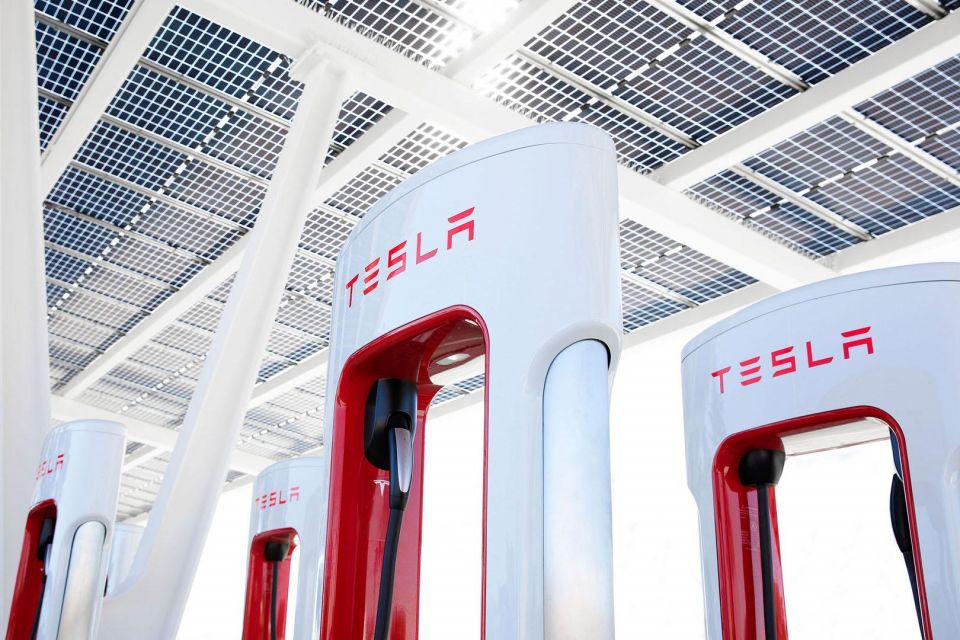
“If you think about that in context of the Australian electricity system … that’s a lot less than the amount of renewables we’re curtailing,” he said.
“So the energy is in the system, and we can tailor it right now, because there’s negative prices during the day, and we’re flooding the system [with solar] that could go quite easily into the fleet with a million vehicles in my opinion.”
It’s estimated there are now more than 200,000 EVs on Australian roads, with Tesla accounting for at least half of those.
All up, Tesla models consume around 150 to 200 gigawatt hours of electricity in Australia each year, and the brand has established a network of 100 Supercharger sites Down Under to keep its cars powered up.
Mr Tadich told the All Energy conference that Supercharger stations are used most during the day, when electricity demand prices are at their lowest.
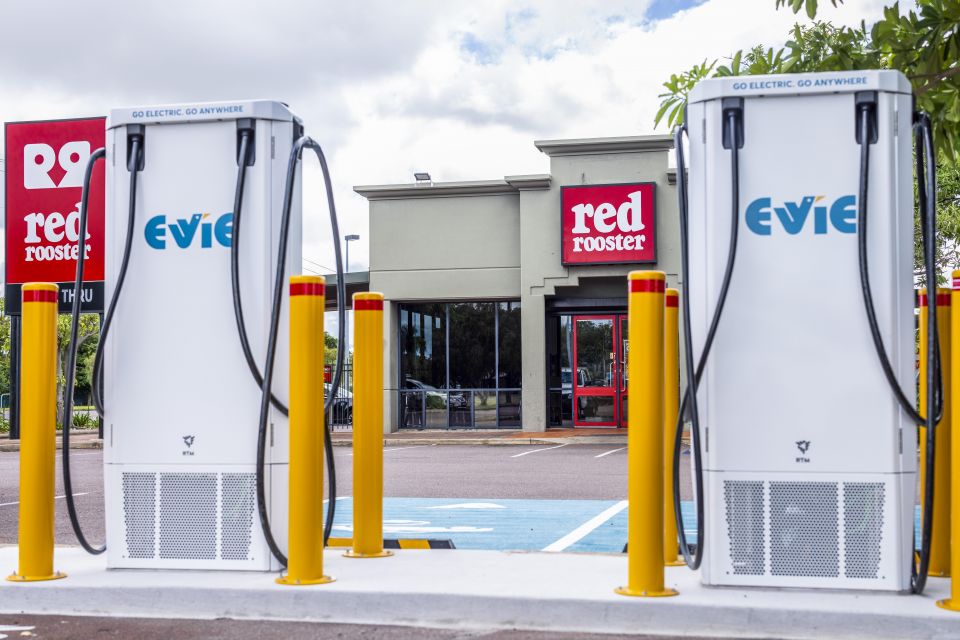
New bi-directional charging technology is already equipping EVs to send power back to the grid, rather than just consume it.
In May, Mitsubishi was granted approval to roll out its bi-directional EV charging infrastructure in South Australia, an Australian first.
Dr Andrew Simpson, formerly of Evie Networks, Tesla, and presently managing director of consultancy Verdant Vision, told CarExpert earlier this year the transition to EVs will likely have a net-positive impact on the national power grid.
“The empirical evidence to-date, both in Australia as well as overseas, shows that large scale EVs have potential to be enormously beneficial for the grid,” said Dr Simpson.
“While there will certainly be some challenges to manage at large scale, prudent planning and system integration will lead to the mutual benefits of higher network asset utilisation as well as greater energy productivity in a lower-carbon economy and society.”
MORE: Can the Australian power grid handle EVs? Part 1: The problems MORE: Can the Australian power grid handle EVs? Part 2: Solutions MORE: Can the Australian power grid handle EVs? Part 3: Solutions and conclusion
Take advantage of Australia's BIGGEST new car website to find a great deal on a Tesla.
Josh Nevett is an automotive journalist based in Melbourne, Australia. Josh studied journalism at The University of Melbourne and has a passion for performance cars, especially those of the 2000s. Away from the office you will either find him on the cricket field or at the MCG cheering on his beloved Melbourne Demons.


Josh Nevett
5 Days Ago


James Wong
4 Days Ago


Andrew Maclean
3 Days Ago
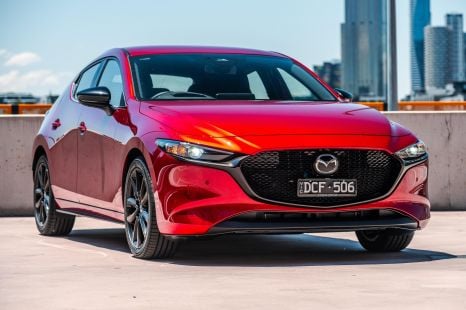

Josh Nevett
2 Days Ago
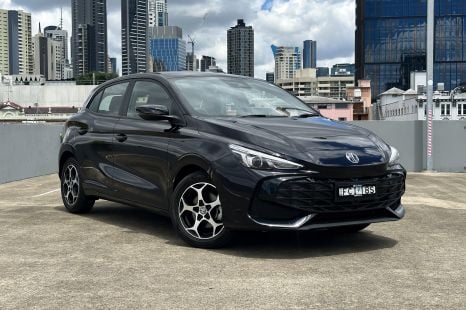

William Stopford
1 Day Ago
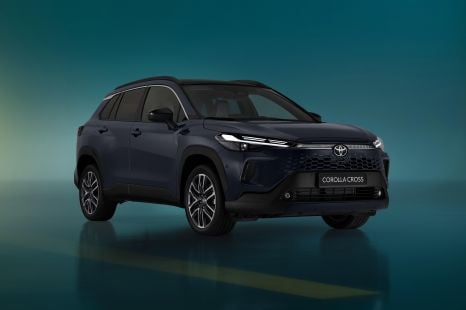

William Stopford
19 Hours Ago